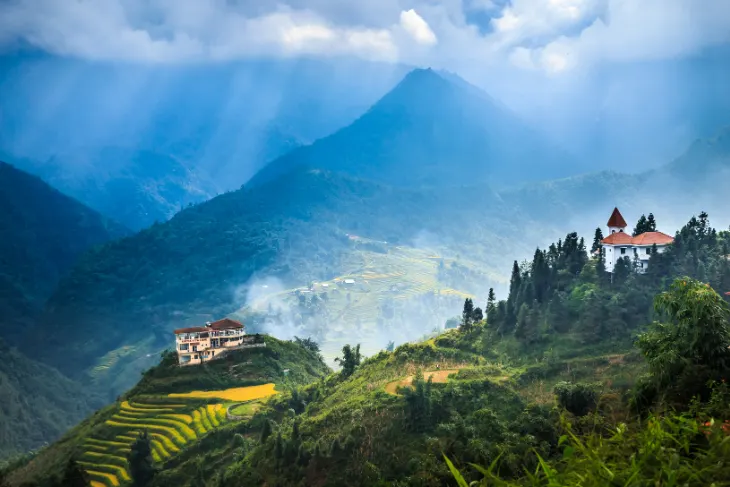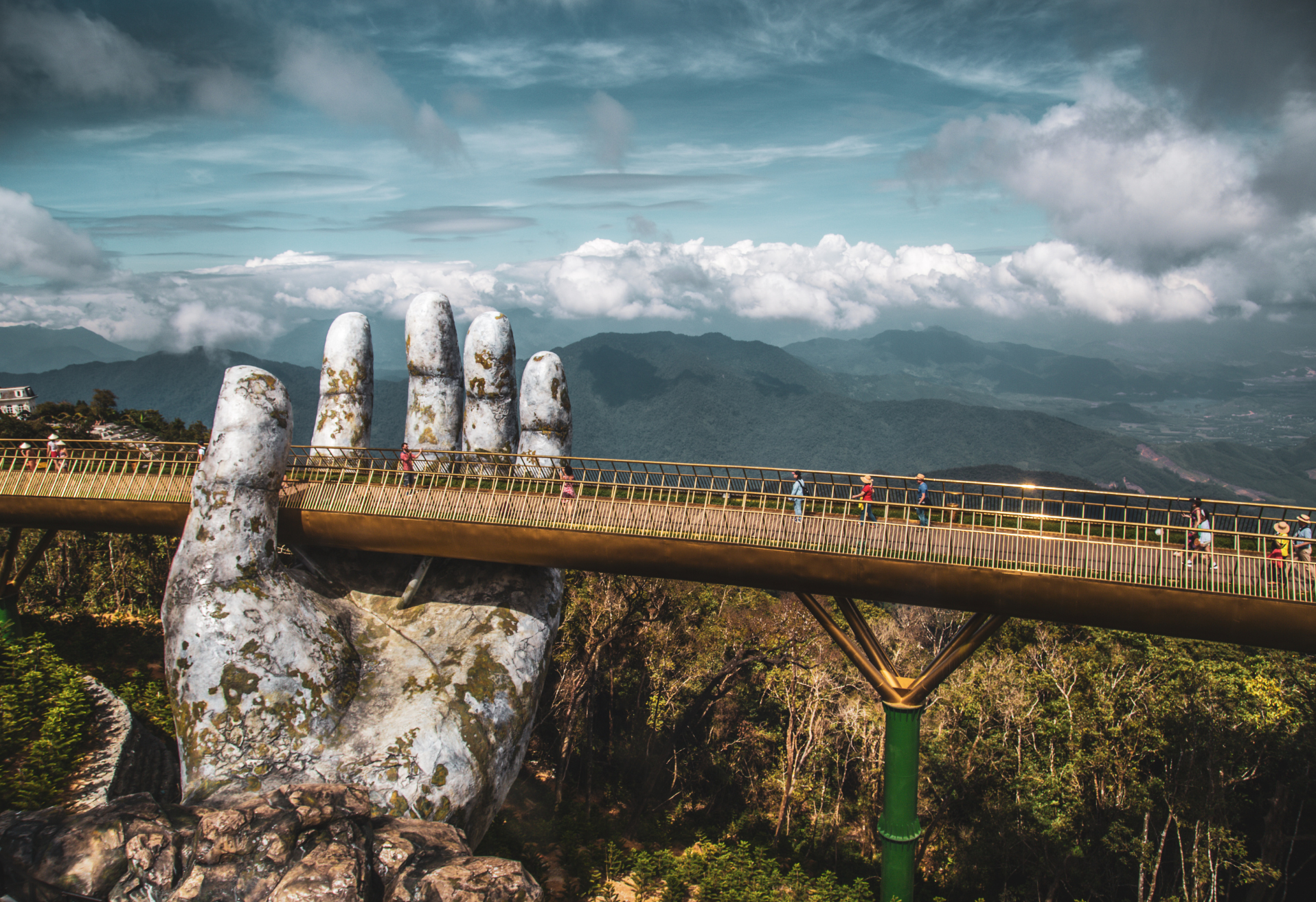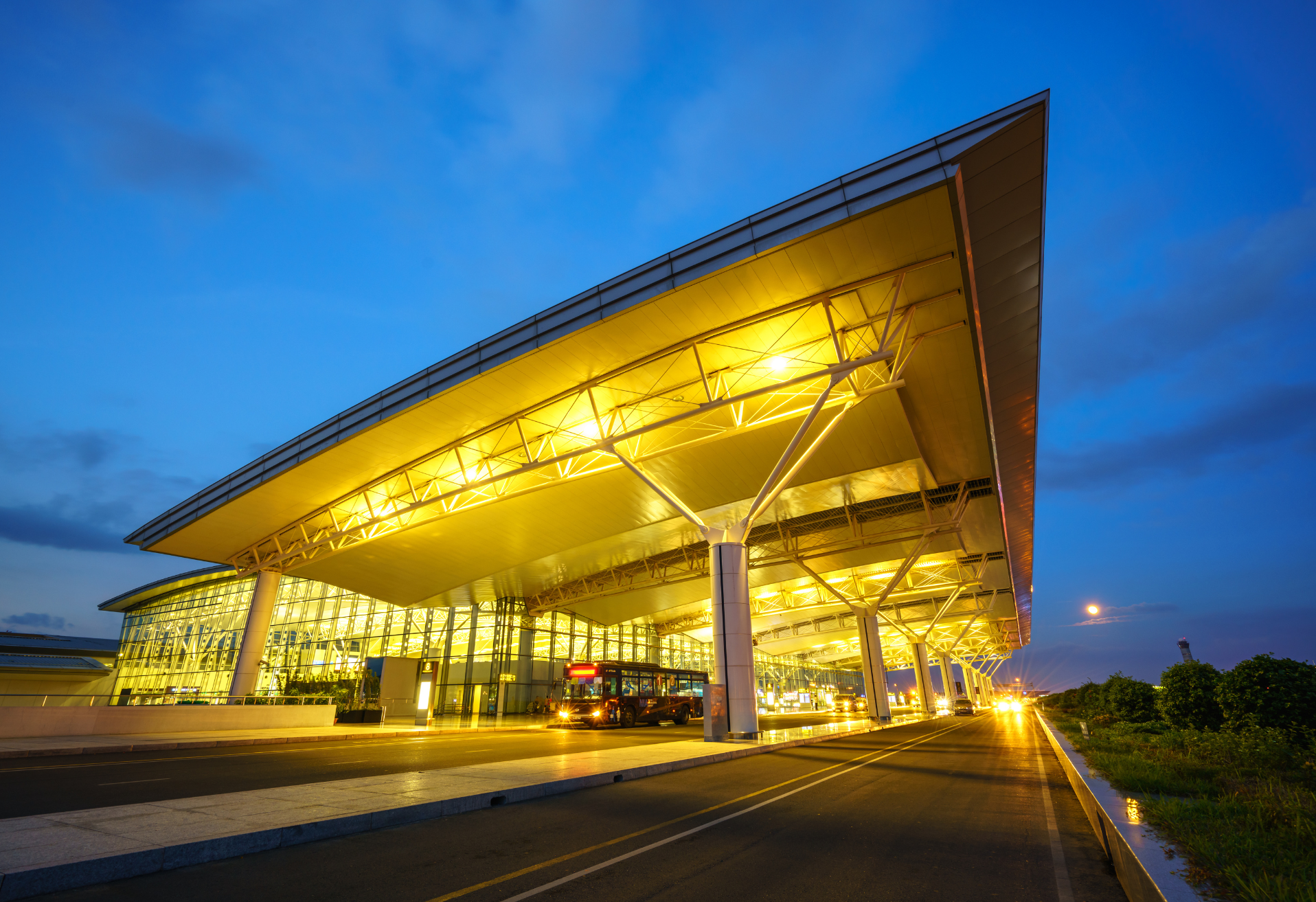Vietnam eVisa
99,7%
visa approval rate
700K+
processed applications
24/7
experts by your side

Do you need a visa for Vietnam?
You can choose between different types depending on the reason for your trip. If you intend to go for tourism purposes, then the Tourist Visa is the one you need.
What is the Tourist eVisa for Vietnam?
There are two options to choose from: a single-entry eVisa and a multiple-entry eVisa. Both have a maximum stay allowed of 90 days.
Who can apply for the eVisa to Vietnam?
How long can you stay in Vietnam with a Tourist visa?
What are the requirements to apply for the eVisa to Vietnam?
- Photocopy of your passport
- Recent personal photograph
- Email address to receive the visa
How to apply?
Complete the application online
Prepare your passport and fill in our simple online form in 5 minutes.
Receive your eVisa
We will send you your approved eVisa within a few days, without you having to go anywhere!
Start your journey
On arrival, show your passport and your approved eVisa
Where to submit your visa application?
Common reasons for a rejected application
- Criminal history
- Incomplete documentation
- Overstayed in the country
- Using a previously lost passport
- Overstayed previous visas
Why choose Visagov
Higher chance of approval
Over 80% of rejections are due to avoidable mistakes. We use AI, OCR and biometrics to reduce errors and ensure your application is approved.
Money-back guarantee
It is unlikely, but it could happen that your application is rejected. In that case, we will refund all the government fees.
Experts by your side
Do you have a question? Write or call us! We are here to help you in every step of the way.
Faster & easier
Official forms tend to be complicated. With us, the entire process is carried out online in a single, simplified form in the language of your choice.
How much does the eVisa for Vietnam cost?
- Multiple-entry Tourist eVisa: 86 USD
- Single-entry Tourist eVisa: 60 USD
Processing time
How far in advance do I need to apply?
Factors affecting eVisa processing times
- Incomplete information
- Typos or incorrect details
- Peak travel seasons
- Mismatch between passport and application details
Check the status of your eVisa application
Types of visas for Vietnam
- Student visa: for individuals pursuing studies or internships in Vietnam.
- Business visa: for business-related activities like meetings, conferences or exploring business opportunities.
- Tourist visa: for tourism and leisure activities.
- Transit visa: for people who want to go through Vietnam on their way to their final destination.
- Working visa: to foreign workers employed by Vietnamese companies or organizations.
- Diplomatic visa: granted to foreign diplomats, consular officers and individuals on official government missions.
- Investor visa: designed for foreign investors contributing capital to enterprises in Vietnam.
What documents do I need to enter Vietnam?
- Passport valid for at least 6 months and with at least one blank page
- Valid visa
- Yellow fever certificate (if you are coming from a country with risk of transmission)
- It is strongly advised to have a travel insurance of up to $10,000
FAQs
Airports
- Noi Bai International Airport, Hanoi
- Tan Son Nhat International Airport, Ho Chi Minh City
- Cam Ranh International Airport
- Da Nang International Airport
- Cat Bi International Airport, Hai Phong
- Can Tho International Airport
- Phu Quoc International Airport
- Phu Bai International Airport, Hue
- Van Don International Airport
- Tho Xuan Airport
- Dong Hoi Airport
- Phu Cat Airport
- Lien Khuong Airport
Land border crossings
- Mong Cai, Quang Ninh Province
- Huu Nghi, Lang Son Province
- Lao Cai, Lao Cai Province
- Tay Trang, Dien Bien Province
- Na Meo, Thanh Hoa Province
- Nam Can, Nghe An Province
- Cau Treo, Ha Tinh Province
- Cha Lo, Quang Binh Province
- La Lay, Quang Tri Province
- Lao Bao, Quang Tri Province
- Bo Y, Kon Tum Province
- Moc Bai, Tay Ninh Province
- Xa Mat, Tay Ninh Province
- Tinh Bien, An Giang Province
- Vinh Xuong, An Giang Province
- Ha Tien, Kien Giang Province
Ports
- Hon Gai Port, Quang Ninh Province
- Cam Pha Port, Quang Ninh Province
- Hai Phong Port, Hai Phong city
- Nghi Son Port, Thanh Hoa Province
- Vung Ang Port, Ha Tinh Province
- Chan May Port, Thua Thien Hue Province
- Da Nang Port, Da Nang City
- Nha Trang Port, Khanh Hoa Province
- Quy Nhon Port, Binh Dinh Province
- Dung Quat Port, Quang Ngai Province
- Vung Tau Port, Ba Ria Province - Vung Tau
- Ho Chi Minh City Port, Ho Chi Minh City
- Duong Dong Port, Kien Giang Province






































































































































































































